Reservation can be made one month prior to your arrival date.
From April to early summer, the Yari-Hotaka mountain ridge is considered a snow-covered alpine area, requiring all hikers to have sufficient skills and experience.
Trails are significantly more dangerous than in summer, regardless of weather conditions.
Ice axes and crampons are essential gear you must have for hiking during this period; however, please note that we do NOT offer these items for rent.
Mt.Yarigatake at 3,180m high, is the 5th tallest, and one of the most popular mountains in Japan.
It is said that it’s appearance of a spear striking the sky gave it the name Mt.Yarigatake, it is also called the Matterhorn of Japan.
Buddhist priest Banryu was the first climber was in 1828 and English mining engineer William Gowland was the first non-Japanese to climb the mountain in 1878.
He named Mt.Yarigatake and this mountain range of Japan, the "Japan Alps" after the European Alps, and this name was later widely known by Walter Weston, a British missionary and climber.
Mt.Yarigatake is located in the center of the Northern Alps, the highest and steep mountain range in the Japan Alps, and is said to be the leader of the Northern Alps.
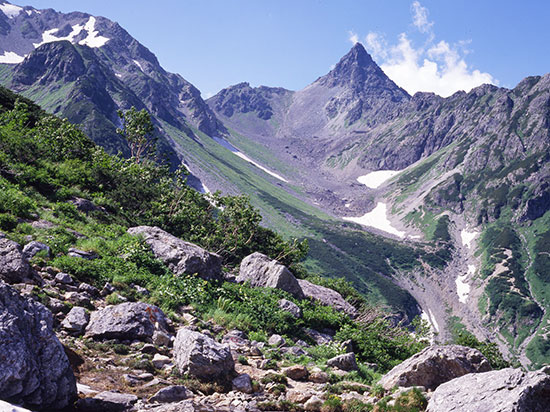
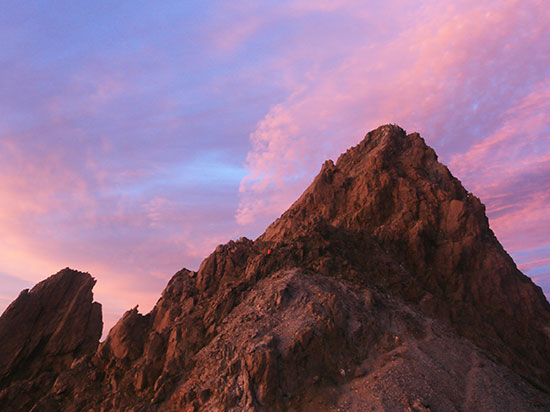
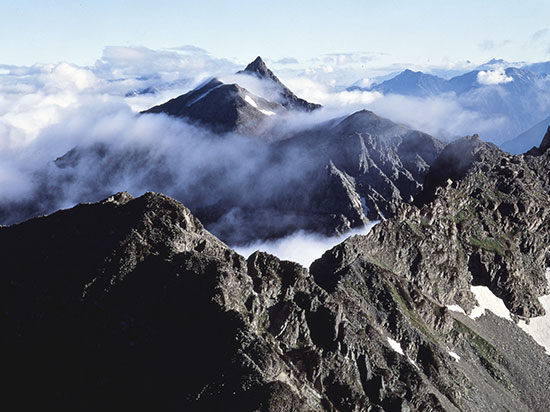
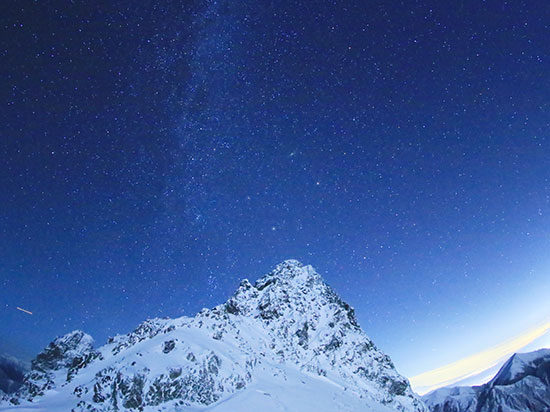
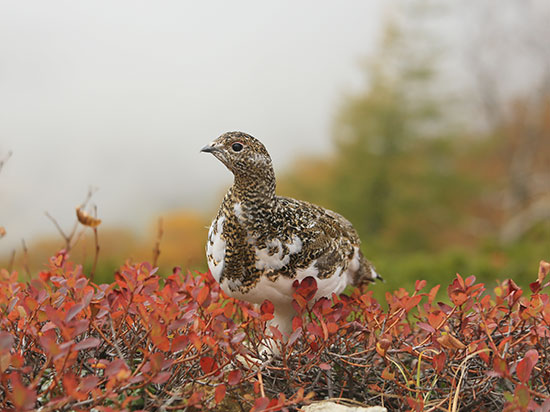
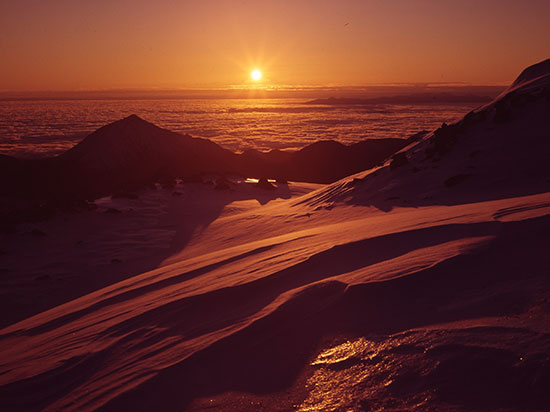
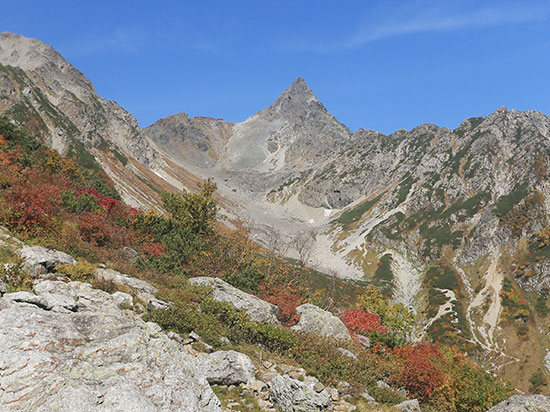
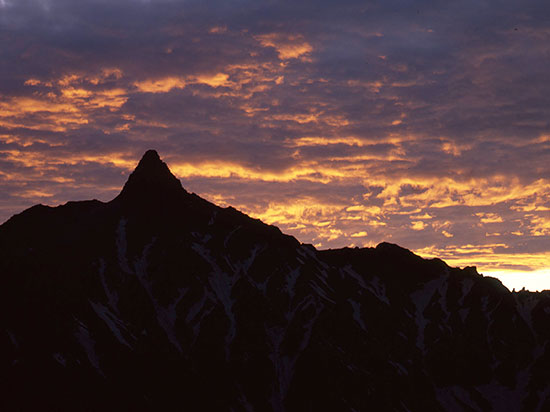
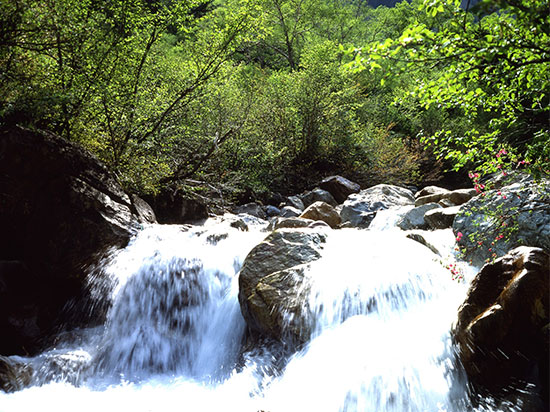
Be sure to observe the following rules when climbing the Northern Alps of Japan.
There are some climbers who attempt the climb in the snow without crampons or ice axes, or those who climb without rain-proof gear. This is very dangerous. Please prepare equipment suitable for the seasons of Japan in order to enjoy your climb.
There are very few trash cans in Japanese mountain lodge. When climbing in Japan it is common understanding to take home everything you bring to the mountain, including garbage, so please do not dispose of garbage in the huts or climbing trails.
This is also a common understanding within Japanese mountain climbing. Acting without the plan to arrive at the hut before 3pm is very dangerous as you may have an accident or it might become dark before you arrive. If arrive at the hut after 5pm, it is important to contact the hut directly.
The mountain lodge open for business in April.
The staff start digging out the snow around the huts and prepare to welcome customers.



The mountain is still covered with snow and preparation for snow mountain climbing is necessary.
Dynamic skiing of 3,000m altitude to a height difference of 1,500m can be enjoyed at Mt.Yarigatake. In snowy years it is possible to ski until around June, and the staff also ski during their breaks.



The snow thawing process begins and it is possible to start to see grouse and other animals. Keep in mind there are many years where snow still remains in June and you may still be walking on snowy ground. Crampons and ice axes are still necessary during this period.

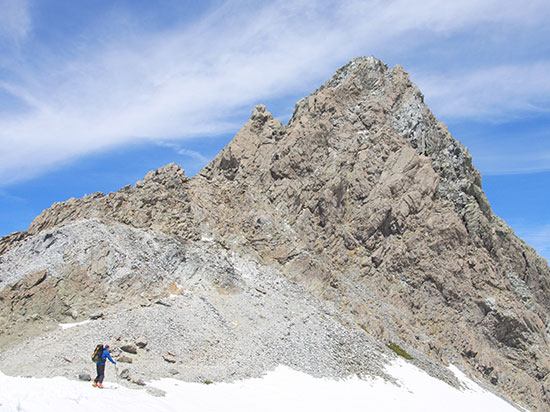

In Japan July is known as the rainy season so there are many rainy days. In some areas, snow still remains, however plants are still starting to grow through and the mountains become covered with rich greenery. Summer mountain climbers begin to increase from the end of July.

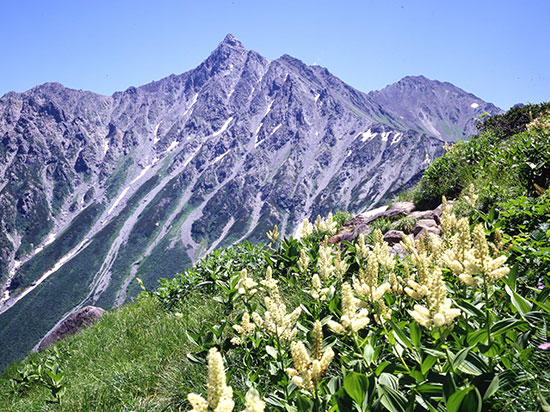
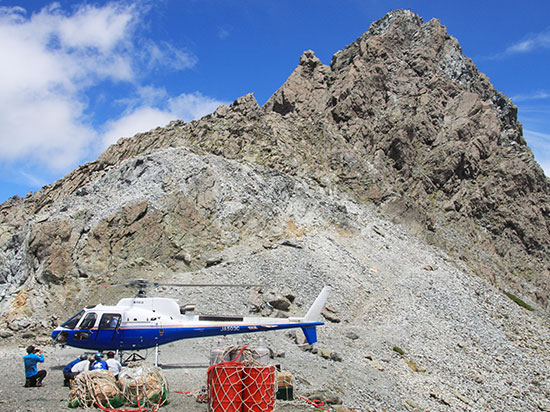
Throughout the year, August is the month that records the most climbers. There are sometimes queues on the mountain paths towards to summit on weekends. Although it is in the summer mountain season, it is worth noting that when the weather is bad, the temperature can fall reasonably low.
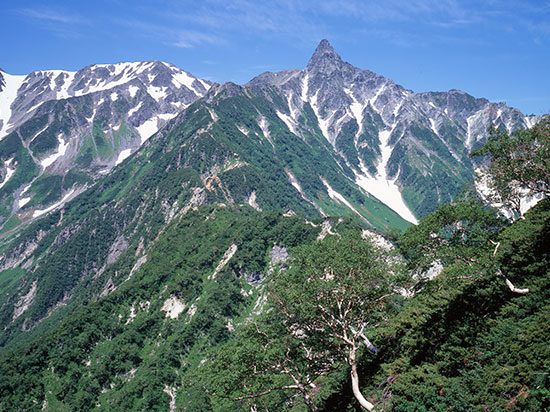
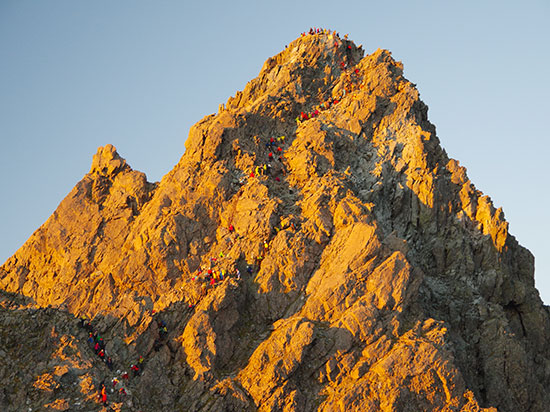
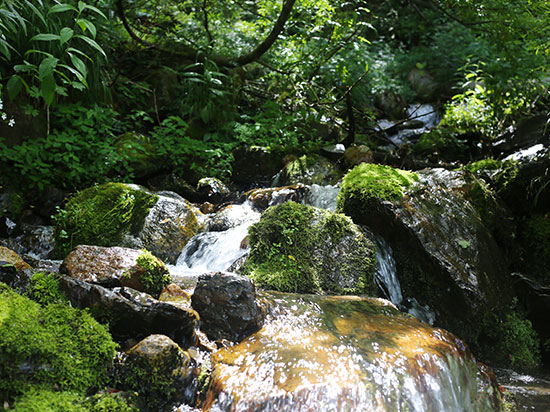
Although it varies depending on the year, the trees at low altitude begin to turn red and Mt.Yarigatake's autumnal leaves come into peak around late September. The autumn leaves of Tengu pond along with Mt. Yari reflected in the lake is well worth a visit.
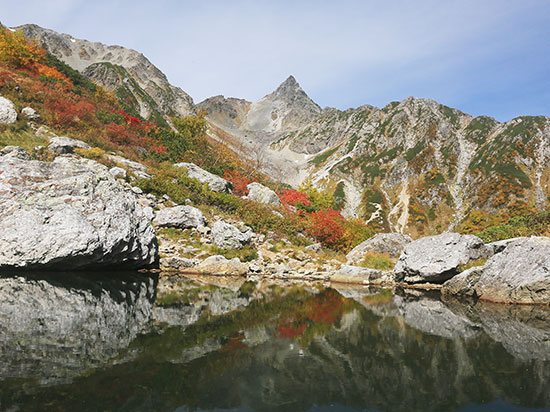
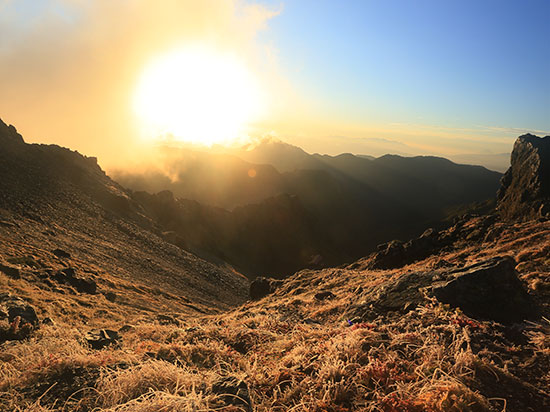
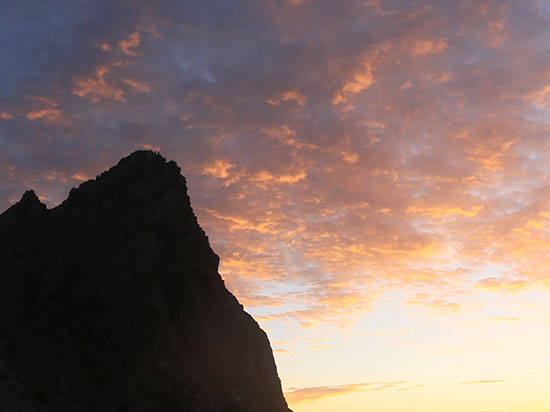
At the beginning of October some autumn leaves still remain but the temperature gradually lowers and it starts to snow. The weather is often fine it is still necessary to take measures against the cold.
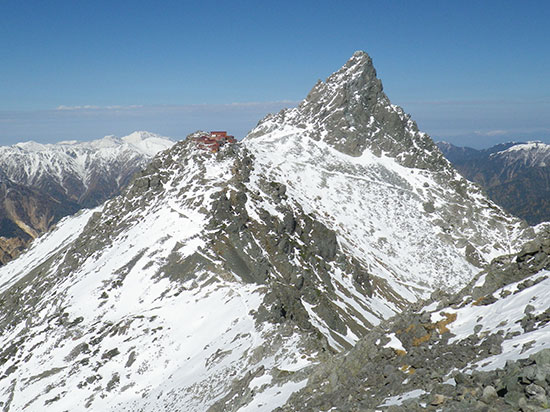
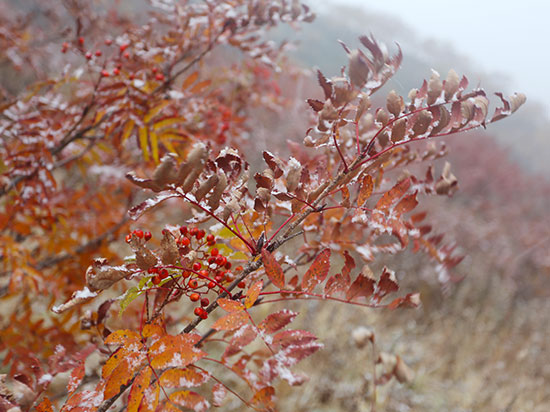
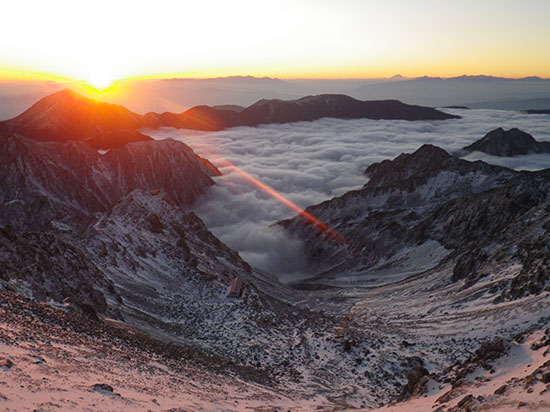
The mountain is covered with snow once again and requires snow mountain equipment to climb.
In the beginning of November the mountain lodge close and the staff descend the mountain.
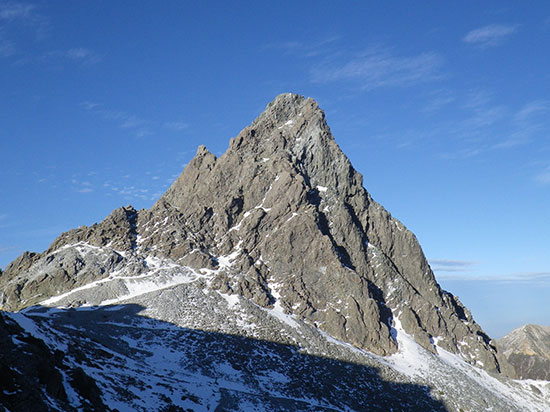
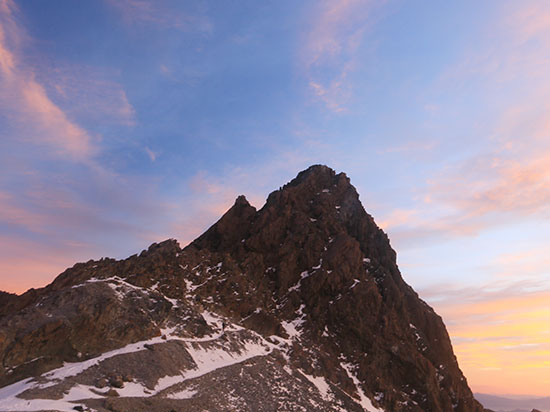
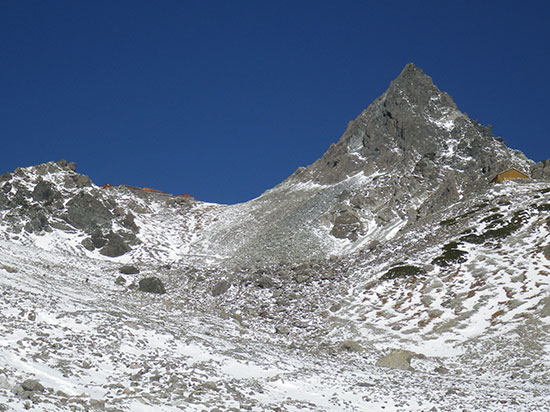

Yarigatake-sanso Lodge
Yarigatake-sanso Lodge is a large mountain hut built just under the summit of Mt.Yarigatake. It was founded in 1926 and is one of Japan’s leading mountain lodge.
Capacity: 400 people
Altitude: 3,080 m
Phone number:(+81) 90 2641 1911
Business period : April 27th to November 3rd
Reservation required

Yarisawa Lodge
The Yarisawa Lodge is a hut located in the forest zone, at the middle point of the mountain trail between Mt.Yarigatake and Kamikochi.
Capacity: 150 people
Altitude: 1,820 m
Phone number: (+81) 90 8250 2297
Business period : April 27th to November 3rd
Reservation required

Minamidake-goya Lodge
The Minamidake-goya Lodge is built on a wide ridge just under Mt.Minamidake, with views of the Daikiretto Gap in front of the hut.
Capacity: 80 people
Altitude: 3,000 m
Phone number: (+81) 90 4524 9448
Business period : July 6th to October 13th
Reservation required

Otenjo-hutte Lodge
The Otenjo-hutte Lodge is located in the Mt.Otenshodake western saddleback and is a key point on the Omote Ginza Course.
Capacity: 100 people
Altitude: 2,650 m
Phone number: (+81) 90 1401 7884
Business period : July 6th to October 13th
Reservation required
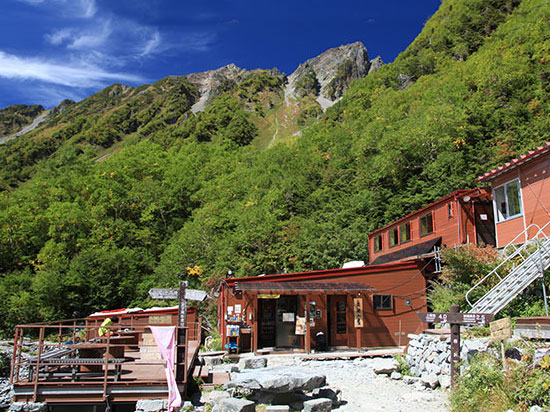
Dakesawa-goya Lodge
Dakesawa-goya Lodge is a hut surrounded by rich greenery. It was built in 2010 and is situated in the Dakazawa valley between Kamikochi and the Hotaka Mountain Range.
Capacity: 60 people
Altitude: 2,170 m
Phone number: (+81) 90 2546 2100
Business period : April 27th to November 3rd
Reservation required
You may make a booking from 1 month prior to your scheduled stay either online or via phone.
We only take cash payments.
We're not taking reservation for the tent site.Tent site is filled in order of arrival.
Please arrive to the lodge by3p.m.Never hike after sunset.
| Stay with 2 meals included | 14,000 Yen | A lunchbox is available as an alternative to breakfast |
|---|---|---|
| Stay with 3 meals included | 15,500 Yen | |
| Stay only | 9,500 Yen | |
| Tent only | 2,000 Yen | Price per person |
※The above prices are tax-inclusive.
※An additional fee will be charged for private rooms.
For bookings, please click on the lodge you wish to stay at.

Yarigatake-sanso Lodge, located right under the summit of Mt. Yarigatake, is one of the leading large-scale lodges in Japan.

Yarisawa Lodge sits at the midpoint of the trail from Kamikouchi to Mt. Yarigatake.

The Minamidake-goya Lodge is built on a wide ridge just under Mt.Minamidake, with views of the Daikiretto Gap in front of the hut.

The Otenjo-hutte Lodge is located in the Mt.Otenshodake western saddleback and is a key point on the Omote Ginza Course.

Dakesawa-goya Lodge is a fairly newly-built hut located on the Dakesawa valley enroute from Kamikouchi to the Hotaka Mountain Range.

The Lodge overlooking Mt. Yarigatake is located at an altitude of 2,860m and is a suitable place to stay if you are making a one-day climb up from Kamikochi.
You can make changes or cancel your reservation until 2 days before arrival. Please enter your reservation ID and email address.
You can make a reservation one month before with internet or telephone.
| Yarigatake-sanso Lodge | (+81) 90 2641 1911 | Reservation required (from 1 person). |
|---|---|---|
| Yarisawa Lodge | (+81) 90 8250 2297 | |
| Minamidake-goya Lodge | (+81) 90 4524 9448 | |
| Otenjo-hutte Lodge | (+81) 90 1401 7884 | |
| Dakesawa-goya Lodge | (+81) 90 2546 2100 | |
| Matsumoto Office | (+81) 263 35 7200 | Contact information for travel agents. |
Yarigatake Alpine Tourism Inc
Nagano-ken, Matsumoto-shi, Uzuhashi, 1-7-2
TEL:(+81) 263 35 7200 / FAX:(+81) 263 35 0637
